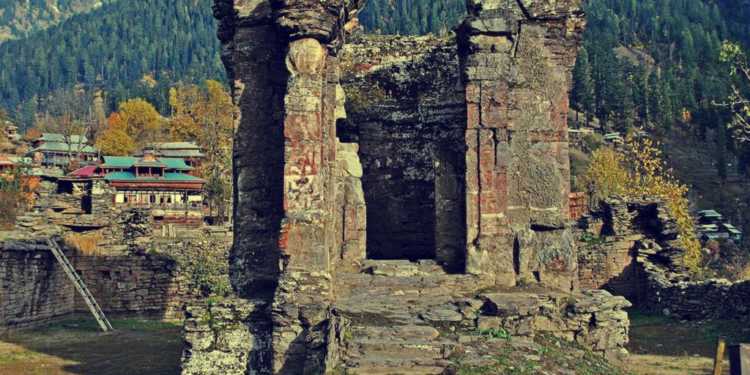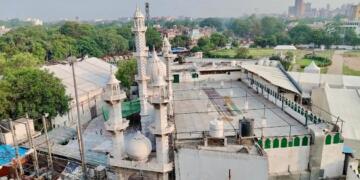The Reserve Bank of India deserves accolades in its decision to put the Hampi chariot on the reverse of the new Rupees 50 notes slated to be launched soon. Hampi, ancient Pampa-kshetra, named after the daughter of Lord Brahma (and also an old name of Tungabhadra river on whose banks Hampi is located), is a UNESCO world heritage site which stands as a stark reminder of the barbarity unleashed by Islamic hordes when they invaded India. Hampi was at one time the capital of the mighty Vijayanagara Empire. Around the middle of the 16th century, Muslim kingdoms that dotted Vijayanagara’s borders joined hands and invaded it. The Battle of Talikota was going well for the Vijaynagara empire when two of its Muslim generals committed treachery and joined hands with the enemy. The de-facto King of Vijayanagara empire was beheaded on the spot and chaos prevailed. Muslim armies soon reached Hampi and laid waste to the city. It is not difficult to imagine the glory of the unmolested city of Hampi when its ruins evoke splendor and majesty. The temples of Virupaksha, Vitthala, Rama stand testament to the grandeur of ancient Hampi.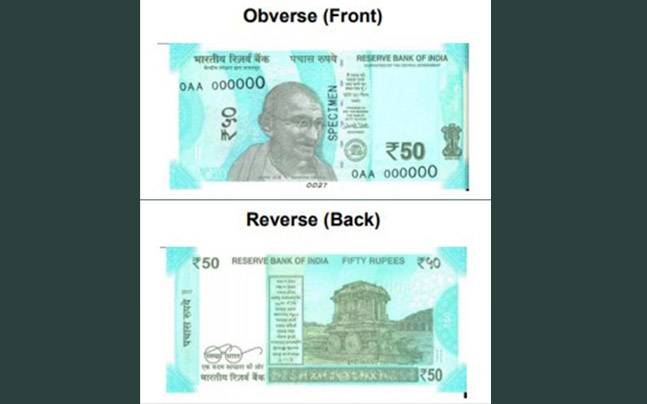
While Hampi is an excellent choice by the Reserve Bank of India, for new currency notes in the future, it could also consider some other landmarks. As is a known fact, the entire state of Jammu & Kashmir is unquestionably an Indian territory. Unfortunately, parts of the state were wrested away from India by Pakistani invading forces and an unnatural line was drawn across Jammu & Kashmir, dividing the state into two parts. At a stone’s throw distance from the Line of Control, inside Pakistan Occupied Kashmir, lie the ruins of a temple complex that in its heydays was the centre of Indian culture in Kashmir. So famous was the shrine, that at all times it was crowded by men and women seeking higher knowledge and intellect. It is believed that a script devised in the shrine and named after the presiding deity eventually transformed into the Gurumukhi script used today. The shrine was called Sharada Peeth and housed Devi Sharada, a manifestation of Devi Saraswati
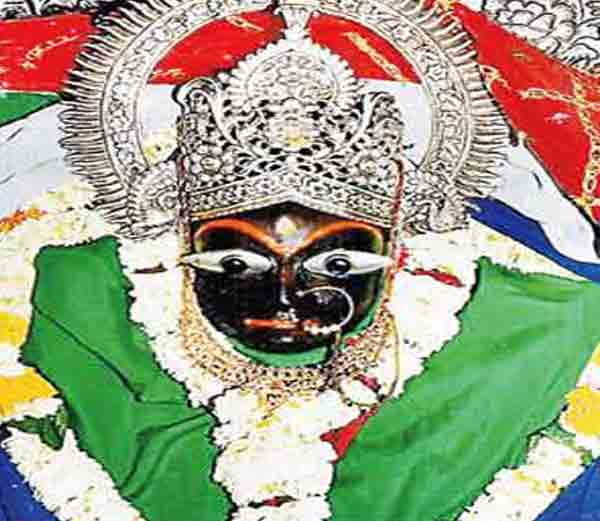
Kashmir has forever been known as the abode of Devi Saraswati. “नमस्ते शारदे देवी काश्मीरपुरवासिनि, त्वामहं प्रार्थये नित्यं विद्यादानं च देहि मे” is a shloka that continues to be chanted to this day to propitiate the Goddess. Sharada Peeth was one of the 18 Maha Shakti Peethas in the subcontinent. It is believed that the right hand of Goddess Sati fell on this spot while she was being carried by Lord Shiva. Over centuries, Sharada Peeth became a great centre of learning. It is believed to have housed a wooden murti of Goddess Sharada and was visited by people from across the subcontinent to pay their obeisance to the Goddess. It is also believed that Adi Shankara received the right to ascend the Sarvajnanapeetham at Sharada Peeth after besting the scholars of that temple in debates pertaining to religion and philosophy. Great Vaishnava Saint Ramanujacharya is also believed to have visited Sharada Peetham to write his treatise Sri Bhasya. By the time of Islamic invasions, Sharada Peeth was universally recognized as a great place of learning for Hindus, Buddhists and Jains and many scholars resided in that region.
As fate would have it, Kashmir was ravaged by the Islamic hordes unleashed by Sikandar Butshikan. He imposed the most intolerable interpretation of Sharia in the region, banning ancient rites, rituals and forms of worship. In his endeavour to convert Kashmir to Islam, he imposed Jaziya, destoyed temples, banned dance, drama and even music. Ancient temples were freely destroyed and used to build mosques and royal palaces. Hindus were massacred, converted wholesale or forced to flee.
The temples at Beejbahara, Martand sun temple and even Sharada Peeth is believed to have been utterly destroyed at Sikandar’s behest. Sharada Peeth then went into a state of decline for many centuries before Maharaja Gulab Singh of the Dogra dynasty restored it partially.
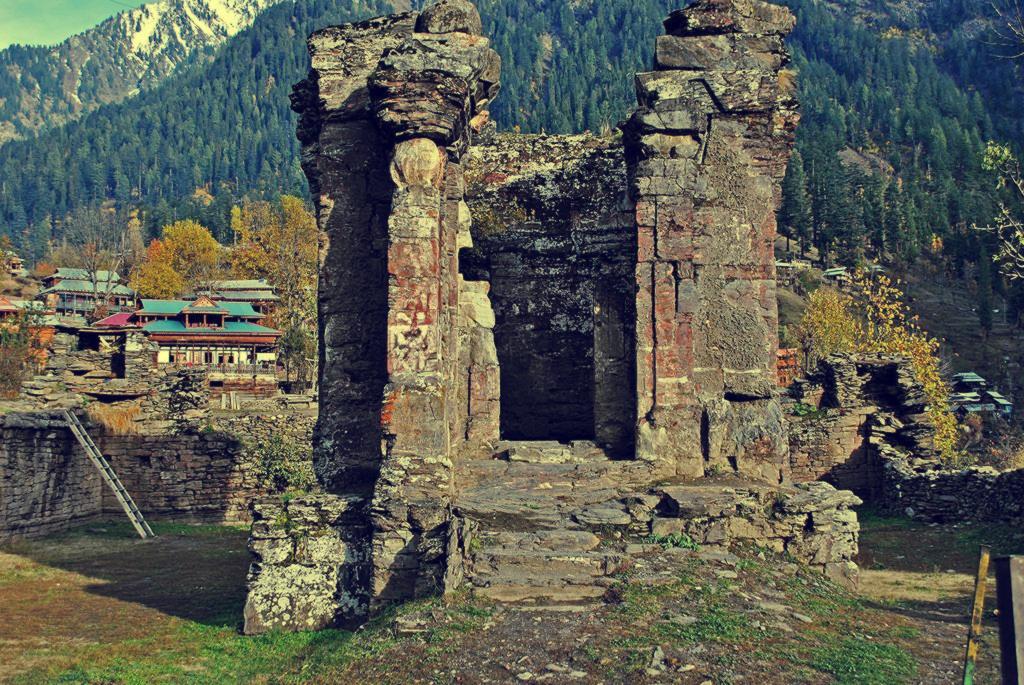
In 1947, confusion over Kashmir’s accession resulted in Jinnah ordering Pak army regulars and Pashtun tribals to invade Kashmir. Sharada Peeth, situated on the banks of Kishanganga river, fell into Pakistani hands, resulting in it becoming a disused structure. The Kashmir earthquake of 2005 further wreaked destruction on the shrine. Pakistani government so far has shown no inclination to undertake maintenance and restoration activities on the ruined site. Given its proximity to the LOC, Pakistani government has been unwilling to allow Indian pilgrims and scholars to visit the site.
After many years, Narendra Modi government has loudly taken up the cause of Kashmir which is under illegal Pakistani occupation. What would be a better symbol of a united Kashmir under Indian sovreignty than having images of Sharada Peeth on Indian currency notes? After all, isn’t Sharada Peeth a symbol of Indian civilization’s zenith?
References:
https://en.wikipedia.org/wiki/Sharada_Peeth
http://devdutt.com/…/i…/shakta/a-reminder-on-the-border.html
https://kashmirblogs.wordpress.com/…/the-legend-of-sarda-s…/


























